On Nov. 7, 1861, the Union Army occupied the Sea Islands off the coast of South Carolina, freeing approximately 10,000 people who had been enslaved. White inhabitants fled, leaving their plantations to the formerly enslaved population who began attempting to create their own economic and political institutions, thus ushering in a “Rehearsal for Reconstruction.”
Port Royal was the U.S. government’s name for the Sea Islands, which consisted of salt marshes, tidal rivers and creeks, and low-elevation lands of deep woods and productive cotton plantations.
In 1862, the Port Royal Experiment began, creating schools and hospitals for the formerly enslaved and allowing them to purchase and run local plantations. According to an article in the Coastal Heritage Magazine:
By the end of 1862, northern teachers had spread across at least four sea islands to instruct more than 2,100 black children who were taught reading, writing, spelling, history, and math. Teachers expressed surprise in the children’s rapid progress.
Northern enthusiasm for the Port Royal Experiment began to wane as large scale land confiscation increased amongst the former enslaved, but it was the assassination of President Abraham Lincoln that brought an end to this experiment.
Newly elected President Andrew Johnson was determined to restore all lands to their previous white owners, though thousands of Black landowners and their descendants continued to farm the land well into the 20th century. Continue reading more about the Port Royal Experiment at Black Past.

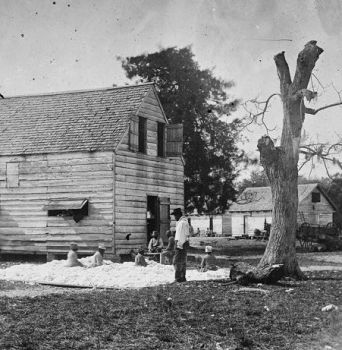
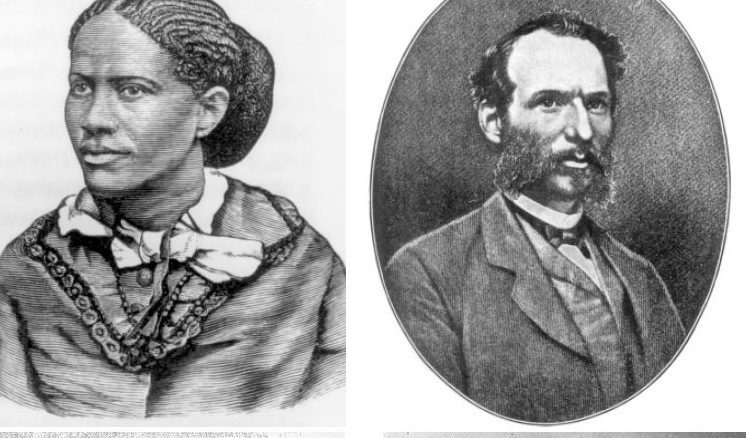
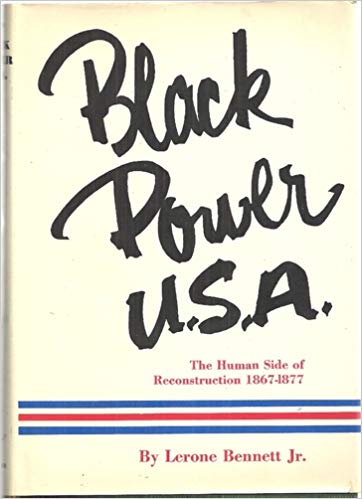
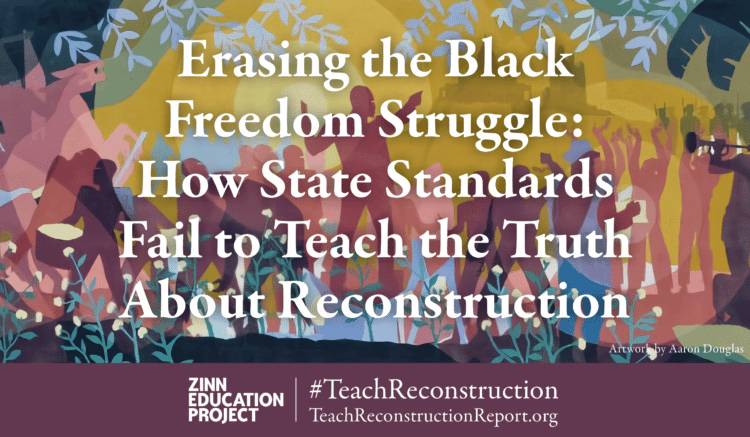

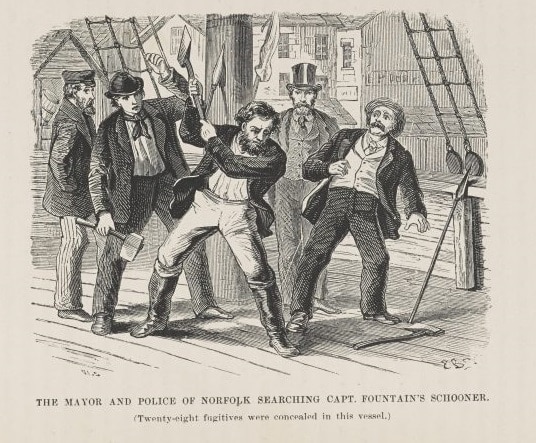
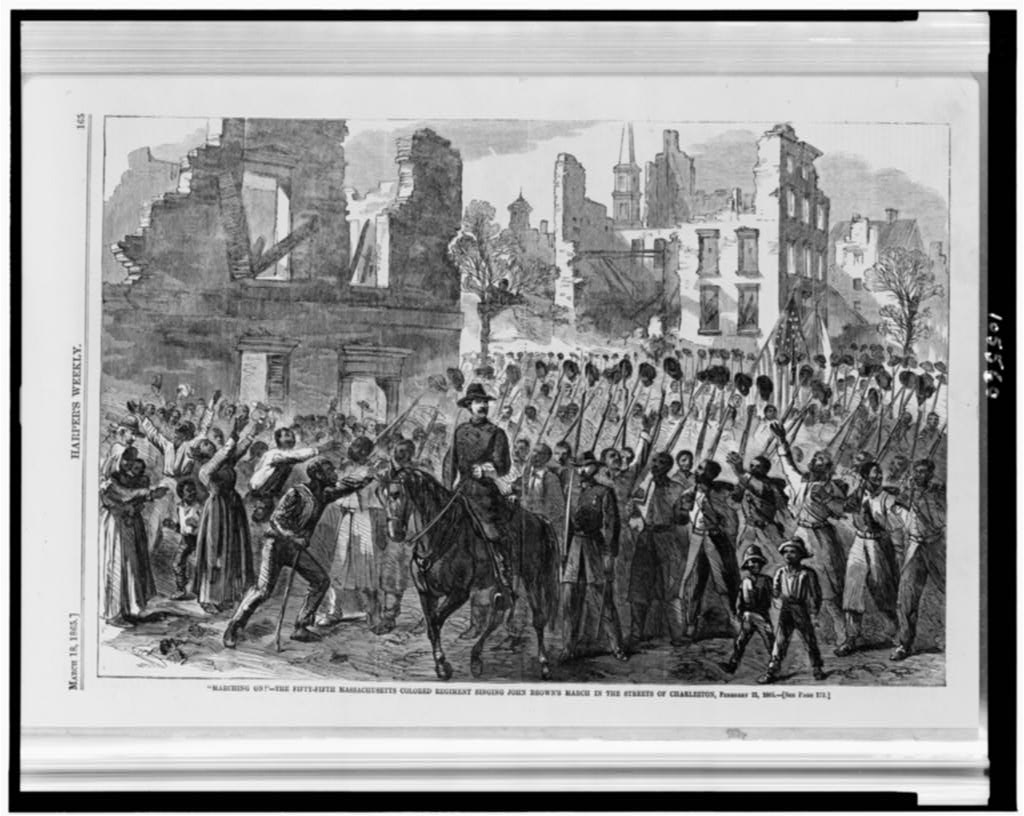
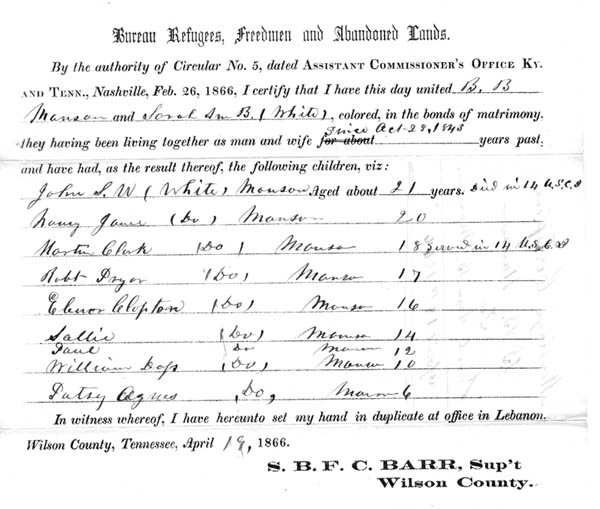





Twitter
Google plus
LinkedIn